Peru's Ashaninka Indigenous People Remember The Cruelty Of War In The Amazon
The indigenous Ashaninka people of the Peruvian Amazon hope the war that saw them targeted in massacres by the Shining Path in the 1980s has died along with the violent Maoist group's leader Abimael Guzman, who was cremated last week.
The leader of the Otari Ashaninka community, in the jungle region of Cusco in Pichari, remembers the war like a "sickness."
David Barboza Vargas, whose village is surrounded by yuca, cacao and coca leaf plantations, was himself wounded in the violence as his people faced down the Shining Path's guns with bows and arrows.
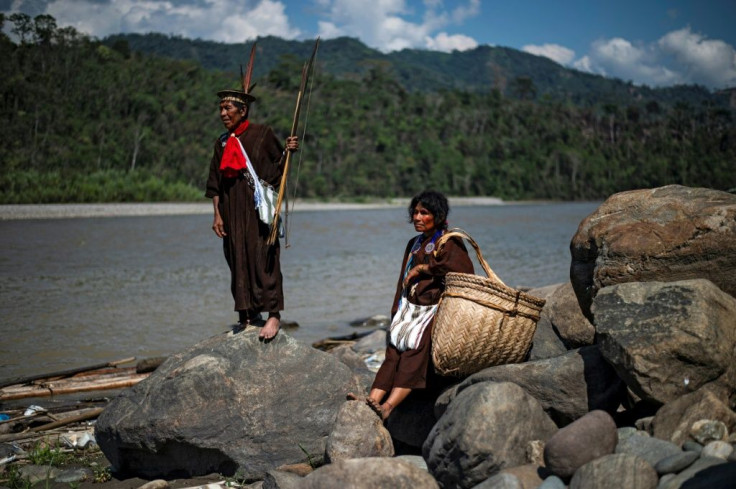
"For me, the '80s were a sickness of the Path," Barboza Vargas told AFP, wearing a colorful crown of parrot feathers and hedgehog quills.
"I don't ever want to go back to that."
"We are convinced that this (conflict) has betrayed our Ashaninka people throughout the Amazon enough," the 62-year-old Barboza Vargas said of his people.
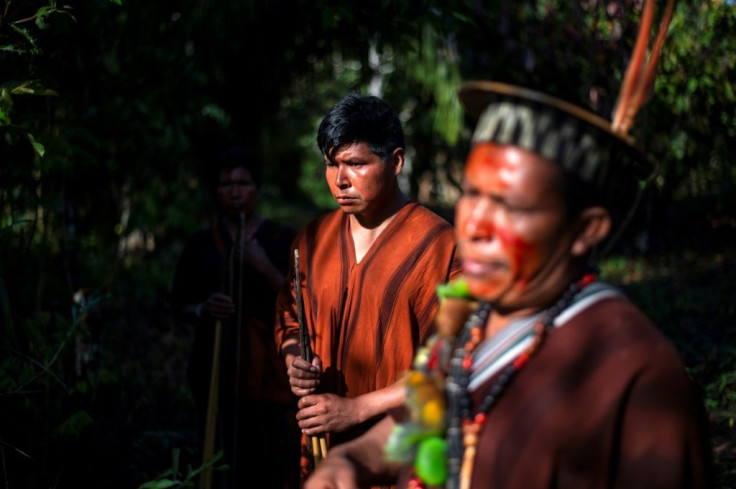
The Ashaninka, the largest of the 65 Amazonian indigenous groups in Peru, live in the central and southeastern jungles of the country. They were the main Amazonian indigenous victims of the Shining Path during the Peruvian civil war, from 1980 to 2000.
Barboza Vargas' village of Pichari is situated in the largest coca-growing valley in Peru, surrounded by the Apurimac, Ene and Mantaro rivers.
The so-called VRAEM region is known for ongoing violent clashes between soldiers and former Shining Path members that authorities say are now allied with drug traffickers.
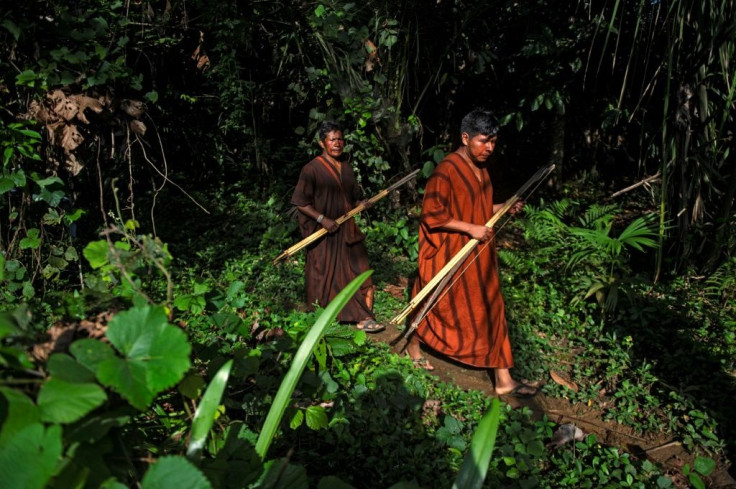
Some 200 Ashaninkas live here in extreme poverty, their wood-shack homes topped with roofs of palm leaves.
"They were killed with bullets while they were running to get in the river," Barboza Vargas recalled, emotional as he explained he had lost several family members in the bloodshed.
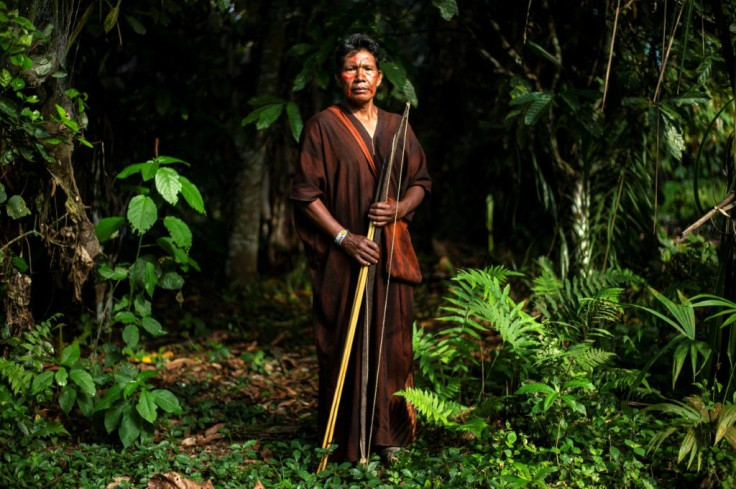
Between 1986 and 1996, the Ashaninka were caught in the crossfire between the guerilla group and members of Peru's security forces in a slaughter that a Truth and Reconicilliation Committee (CVR) said amounted to a "genocide" against the Ashaninkas in the area.
Some 6,000 people -- a little more than 10 percent of the group's 1993 estimated population of 55,000 -- were killed, and around 40 communities disappeared entirely.
According to testimonies gathered by the CVR in 2003, Shining Path guerillas kidnapped Ashaninka people, forcing them to work as servants and farm hands. Women were raped in an effort to produce more "soldiers."
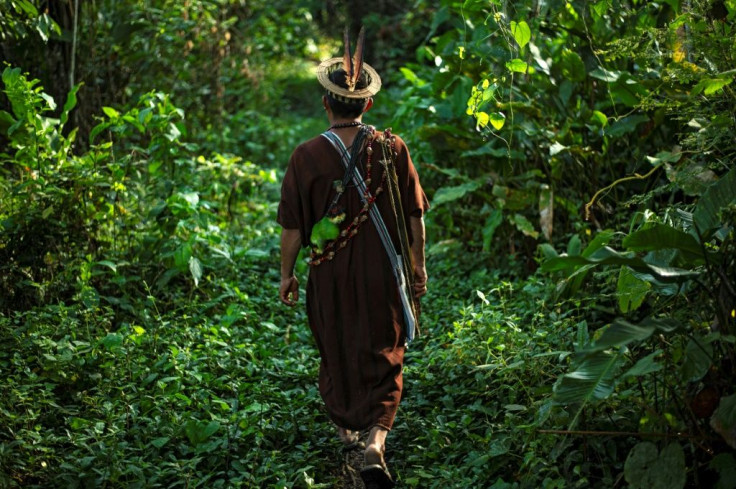
The leader of the Ashaninka Pitirinquini community, Abel Casiano, spent two years trying to escape captivity after he was kidnapped in 1986 at age 16.
"They captured me and coerced me as a teenager," he said.
"They took Ashaninka kids, but I knew I could escape through the mountains," said 52-year-old Casiano, his face painted in a sign of his authority.
"We had to suffer," he said.
"They told me, 'This is the Communist Party. This is the guerilla army. Let's fight, let's take over the government,'" Casiano recalled.
He said Shining Path stabbed his mother Victoria and his siblings Sonia, Alicia, Norma and Simon.
Barboza Vargas said an attack by Shining Path dissidents just last May -- which left 16 people dead, including four children -- his community fears a return to the worst days of the guerilla violence.
"For us as Ashininkas, the Path affected us. Communities have disappeared, and even now we don't know what happened to (certain) Ashaninka brothers," vice president of the Apurimac River Ashaninka Organization (OARA) Reyna Barboza said.
Following their military defeat three decades ago, the vast majority of Shining Path's fighters were put behind bars.
Guzman, the far-left group's leader, died at age 86 on September 11 in the same prison where he had been serving his life sentence since 1992.
He was cremated Friday on court orders.
The story of the war "is the story of the death of the whole family of Peru," said 37-year-old Chayeki Tinkavo, the president of the Indigenous Committee of Self Defense of Ashaninka and Mashiguenga.
"Thank God we are alive. We want to live in peace, working so there are no more massacres," he said, carrying a gun and an arrow.
© Copyright AFP 2024. All rights reserved.





















